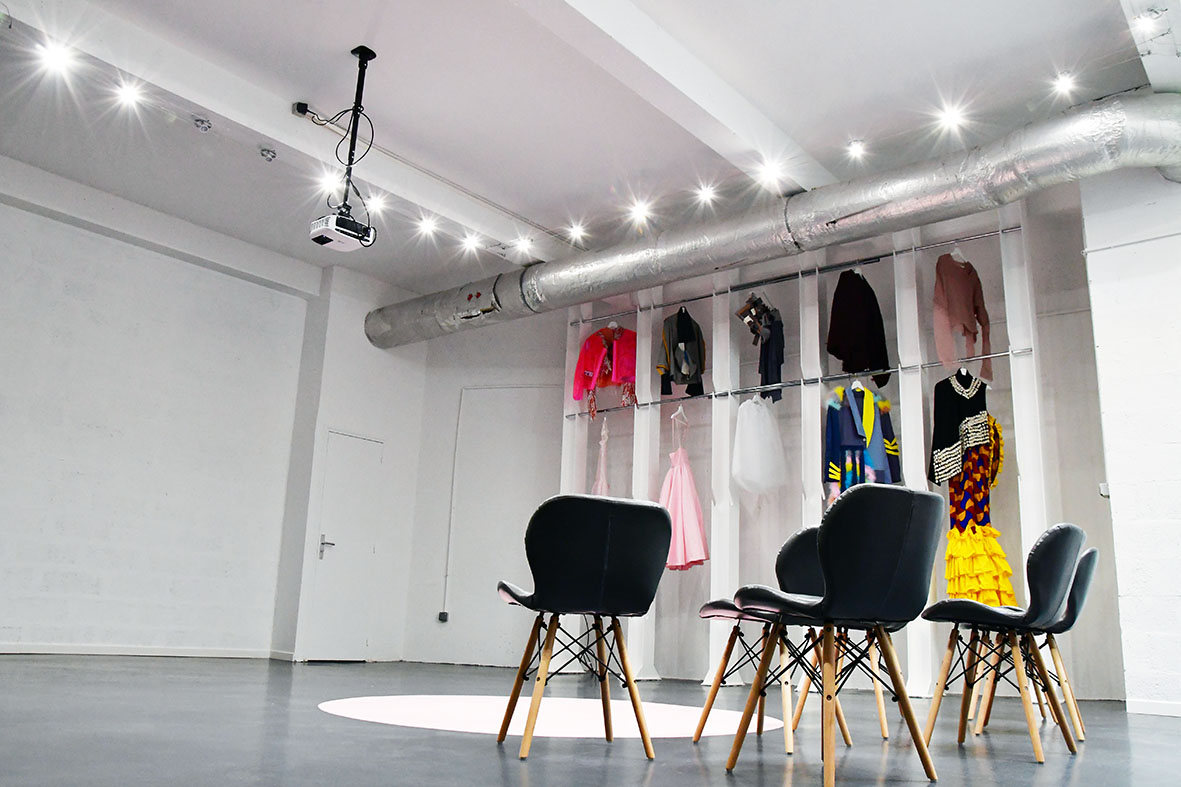
Nothing seems more inventive than the world of fashion. Yet despite constant renewal, there is still plenty of room for innovation in fashion. The Foundry project was set up for that purpose. It is the first fashion-tech incubator in Paris. The founders want to tackle technical problems within the fashion industry and digitize processes. Sustainability is central to this.
Haute Couture was born in Paris at the end of the 19th century. The city is still very much the capital of fashion. Yet millennials – as in the first generation that grew up with the internet – are demanding more sustainability and social responsibility from French luxury companies (source: Bain & Company). Politicians also seem to be conscious of their responsibility. That’s why two major initiatives were launched in 2019.
The Mayor of Paris, Anne Hidalgo, has set up the ‘Paris Good Fashion’ initiative. The goal is to become the capital of sustainable fashion by 2024. Together with President Emmanuel Macron, François-Henri Pinault (head of the French luxury group Kering) encouraged 32 companies to sign this so-called fashion pact. The signatories promise to reduce CO2 emissions to zero by 2050, to use sustainable raw materials and to use 100 % renewable energy in their manufacturing processes.
One of the practical outcomes from this is Foundry, the first fashion-tech incubator in Paris. The project was initiated by the IFA Paris fashion school. The aim of this project is to:
- solve problems of the fashion industry via technology;
- ease digital transition.
Sustainability is at the core of the program. However, before all kinds of innovative methods are developed that can significantly impact the established ways of working, the prevailing apprehension towards technology in the fashion world first has to be overcome.
Foundry’s head Peter Jeun Ho Tsang spoke to us about this.
Fashion designers feel as if their creativity is limited by technology. How do you deal with that?
We see technology as a resource. Actually, we really want to foster creativity with the aid of technical support. We’re encouraging fashion designers to combine physical and digital elements in order to accomplish creative goals by using technology. An example of this is the technology from our partner TG3D Studio. They have developed a 3D body scanner which stores a huge amount of information about the human body. This can serve as an aid to:
- the digitization of the design process;
- digitization of material using a scan;
- rendering a design in 3D, as a precursor to a physical garment.
Automation is usually associated with mass production. To what extent is this suitable for the luxury industry as far as unique and preferably handmade pieces are concerned?
Craftsmanship is here to stay. Yet luxury products can also be modernized with the help of technology. For example, by applying blockchain technology, an authentic product can be verified in a way that has never previously existed. This way appreciation for the craft is maintained and the value of the product is guaranteed. Examples of this come from start-ups such as Arianee. This company digitally records unique objects and issues a certificate of authenticity. Since the owner is known, the original designer or the fashion house that sold the item could be in direct contact with the owner at any time. Even if the original buyer has given the object away or sold it. This clears the way for a completely new form of communication and marketing. It offers fashion brands the opportunity to strengthen the bond between brand and consumer in a very personal way.
The impression is that the main problem facing the fashion industry is retail. Why is that?
Fashion markets are completely saturated. Consumers can get everything at any time at any price. The outdated retail systems no longer work. As a result, fashion houses have been forced to adjust their business models to these new consumer patterns. This is clear to see in:
- Rental models like Rent the Runway;
- Direct-to-Consumer (D2C) offers from minor brands such as Warby Parker et el.;
- The marketing of fashion as a service provider or as content. For instance, computer game characters who wear Louis Vuitton clothing.
There is a great need for innovation. Moreover, start-ups are very flexible in implementing their ideas. My team and I coined the term ‘Fear Factor Innovation‘ in our first laboratory in London. Fashion brands that overcome this fear will survive.
Which issues does Foundry deal with?
We want to be pioneers in the field of fashion technology. We have set up a laboratory where entrepreneurs, students and fashion brands can do research on ‘Fashion-Tech’. The laboratory houses the departments Co-Working Space, Maker Space and Event Space. We have partnered with technology companies such as IBM, Lectra and Alvanon in order to create the ecosystem that’s needed. As we are part of IFA Paris, we are also connected to their full academic program in the Fashion-Tech field. This is unique in the world. Fashion-Tech has also never been so advanced where technology is concerned. Our six-month incubator program will start in March 2020. It should bring Fashion-Tech-Start-ups onto an intensive development trajectory. Interested parties can register for this on our website: www.foundryftlab.com

What’s the best technical equipment that can be used at the Fashion-Tech-Incubator?
Apart from the above-mentioned digital equipment for the creative process, we have technology from Lectra and N-Hega that simplify the fabric cutting process. Other equipment includes a 3D printer, a laser cutter and electronics such as virtual reality headsets. We are always keen to have the latest fashion technology in house.
Find more IO articles on start-ups via this link.







